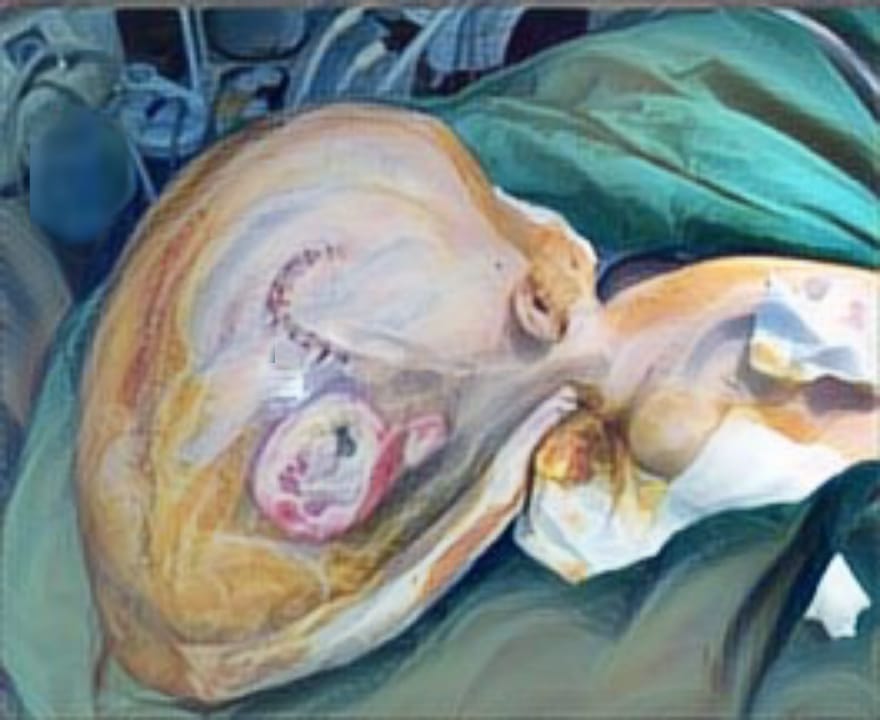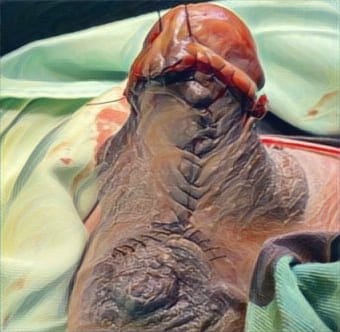Patient Consent for Publication
ARTICLE WITHDRAWAL AND RETRACTION OF JURNAL REKONSTRUKSI DAN ESTETIK
Article Withdrawal
Authors are encouraged to consider their submissions carefully to ensure accuracy and compliance with publishing standards. Once a manuscript is submitted, withdrawals are only permitted before the review process begins. Pull requests made during or after the review process cannot be granted, as this has the potential to misuse editorial resources and reviewer efforts. Authors who insist on withdrawing their manuscript during peer review will have their names blacklisted for future submission to the journal. This step ensures accountability and upholds the integrity of the application process. This policy aims to maintain fairness and transparency in the publication process while adhering to journal standards, as well as ensuring that the resources invested by editors and reviewers are respected.
Article Retraction
The journal upholds values of excellence and morality in safeguarding the integrity of scholarly content. Changes to published articles are allowed under specific circumstances to comply with academic publishing norms and maintain the credibility of published work.
Infringements of professional and ethical codes, such as multiple submissions, bogus claims of authorship, plagiarism, or fraudulent use of data, may result in the retraction of an article. Retraction serves to inform the academic community about flawed results or misconduct and aims to correct errors in submission or publication following a thorough investigation by Jurnal Rekonstruksi dan Estetik. This process follows standards developed by scholarly bodies, emphasizing best practices in article retraction.
Retraction may occur in the following situations:
When an article is retracted, Jurnal Rekonstruksi dan Estetik will take the following actions:
Article Removal
Legal Considerations In rare cases, an article may be removed from the online database due to defamation, infringement of legal rights, anticipated legal actions, or severe health risks. In such instances, Jurnal Rekonstruksi dan Estetik will retain the metadata (Title and Authors) and replace the text with a screen indicating the article has been removed for legal reasons.
Article Replacement
If the original article poses a significant health risk, authors may choose to retract it and replace it with a corrected version. This process follows retraction procedures, with the retraction notice linking to the corrected, republished article and providing a history of the document.
Jurnal Rekonstruksi dan Estetik follows the retraction guidelines and withdrawal request provided by COPE (Committee on Publication Ethics).
Journal History Focus and Scope Section Policies Publication EthicsArticle Processing Charge Peer Review Process Publication Frequency Open Access Statement Archiving Plagiarism Screening Repository Policy License Term ORCID ID Policy Copyright Notice Reference Manager Journal Sponsorship Withdrawal and Retraction Policy Complaint ProceduresOld Website Journal Contact







 Jurnal Rekonstruksi dan Estetik by Unair is licensed under a Creative Commons Attribution-ShareAlike 4.0 International License.
Jurnal Rekonstruksi dan Estetik by Unair is licensed under a Creative Commons Attribution-ShareAlike 4.0 International License.
